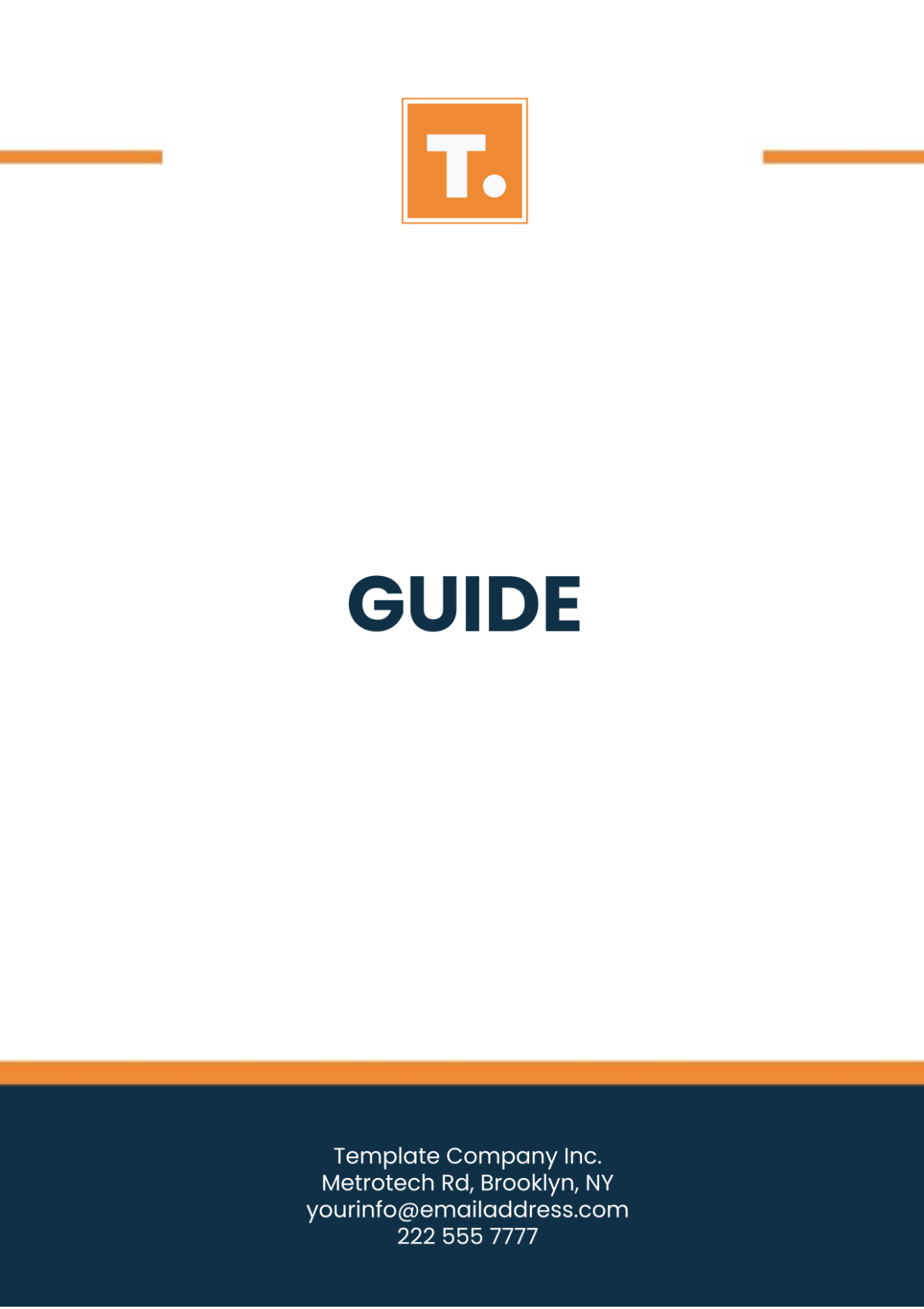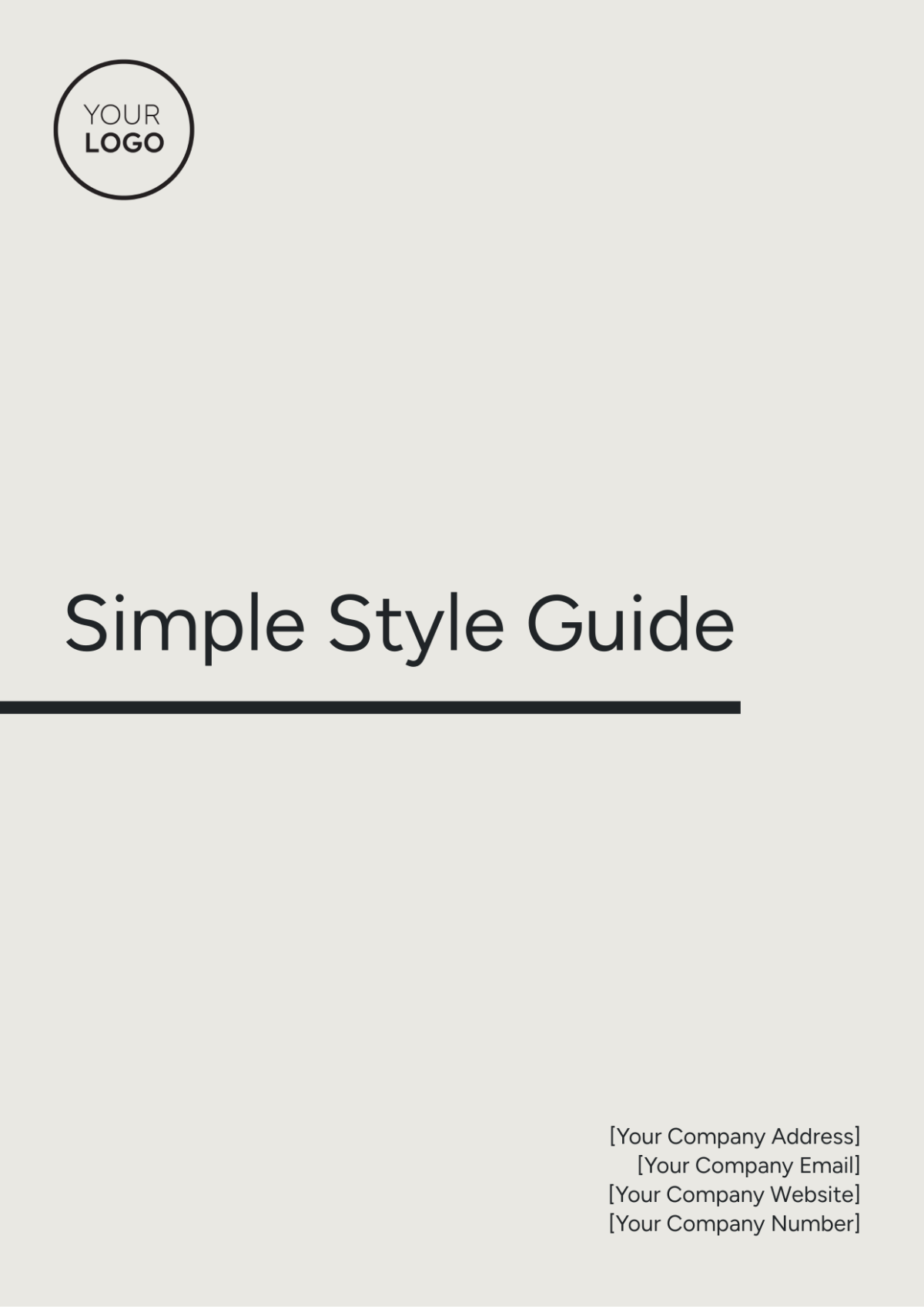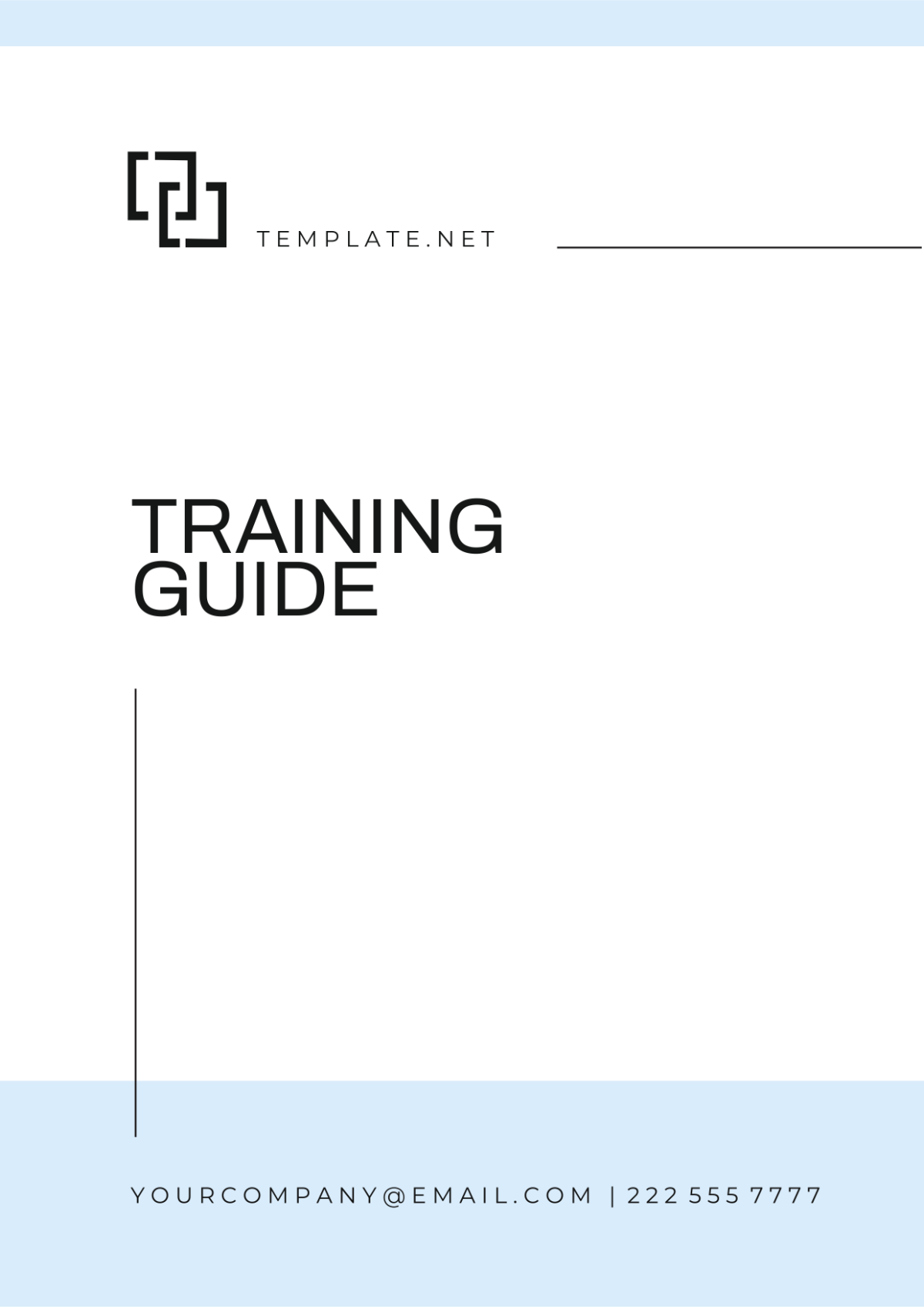Free E-Commerce Conversion Rate Optimization Guide
Optimize your website for higher conversions with the E-Commerce Conversion Rate Optimization Guide Template from Template.net. This editable and customizable guide helps you implement strategies to turn more visitors into paying customers. Use the AI Editor Tool to modify the content and adapt the guide to your e-commerce goals.






























